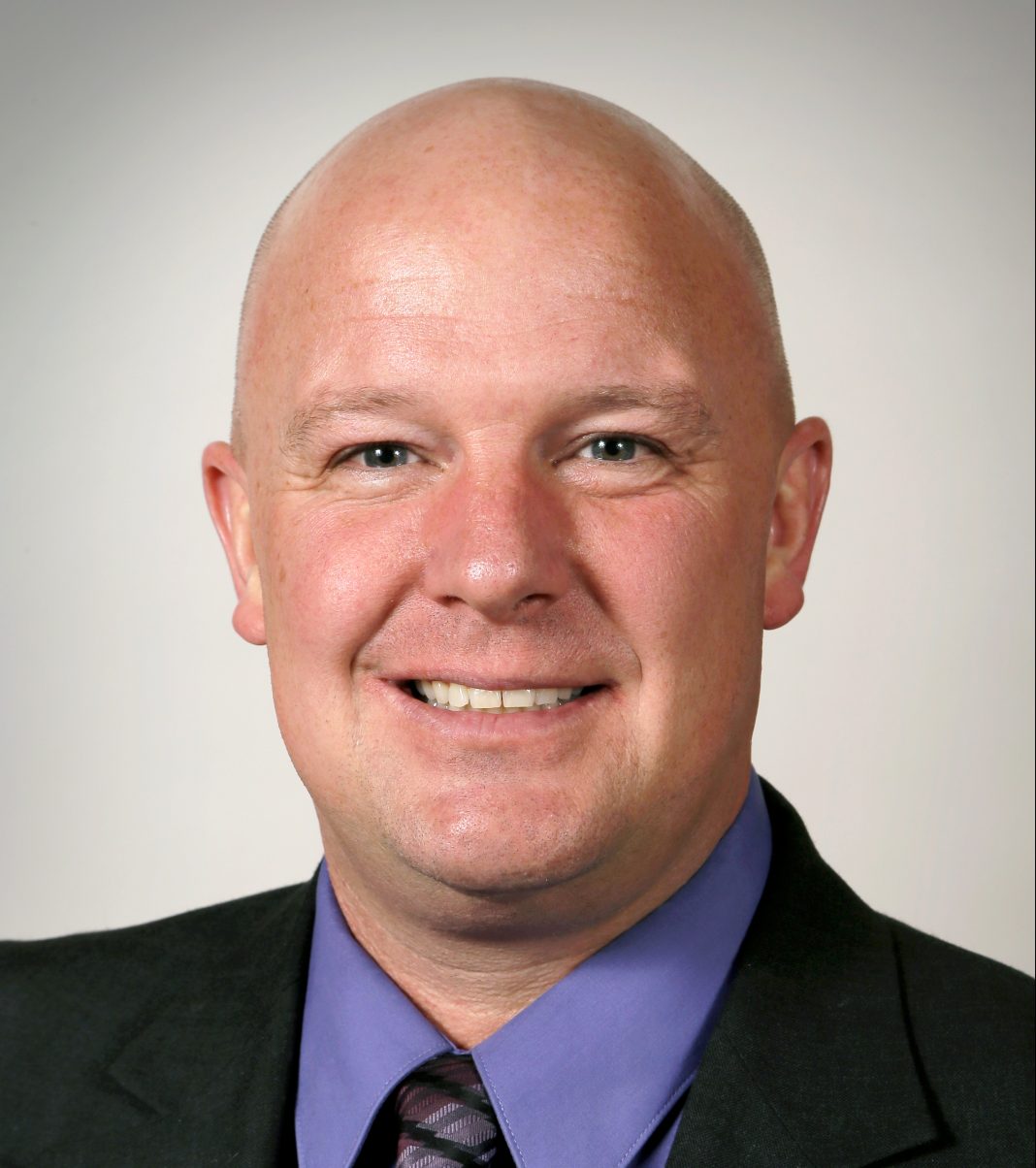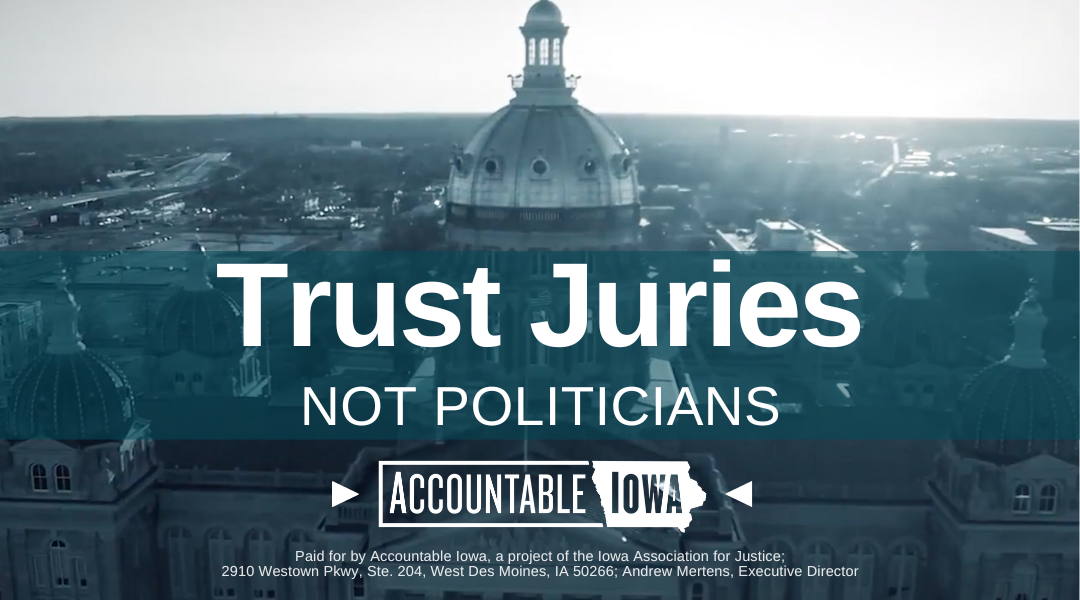The 2024 session of the Iowa Legislature began on January 8, and work began on various topics. The biggest topic making news was the Governor’s plan to reform our Area Education Agencies. It created an instant response as AEA employees and their families, teachers, and parents who have received services called and emailed their concerns about changes to the current AEA structure. The original plan is being modified to show consideration of what we heard. As the bill develops, I’d like to provide a bit of background on why AEAs are receiving high level oversight.
AEAs are large entities created fifty years ago to support our K-12 schools, focusing on a broad range of special education services. Programs you may be familiar with are speech, reading, hearing and vision, autism, physical therapy, and other services. These services help schools, especially rural schools, by providing trained employees so each school does not have to hire for services that do not justify a full-time employee. Private schools can also receive services. While funded by state, federal, and property taxes, AEAs are governed by local-to-the-district public boards.
AEAs are large organizations. There are nine AEAs across the state. Together, they employ 3,400 employees. AEAs receive their funding from the education state aid formula, federal government, and property tax levy. Their state money grows at the same rate as K-12 schools each year. Altogether, Iowa AEAs will receive about $526 million tax dollars. A person would think that is an incredible amount of financial resources for special education, but the financial reports reveal growing problems.
Only 40.8% of the over half billion tax dollars are going to Student Support Services. The other 59.2% goes to administration, maintenance, staff support services, fund balances, and financing. I know a case can be made that some of the line items in the 60% could be argued to be essential to providing the student services. But if the core mission is to provide special ed services, it seems proper that most of the money would go to serving the local student.
“Administration and Central Support Services” make up a whopping 13.5% of the $526,600,000. That is much higher than most programs are allowed in other areas. It comes out to $71,091,000 to administer and manage 3,400 employees. With that much money available, it shouldn’t surprise us that the average Chief Administrator makes over $300,000. Something just isn’t right and needs to be addressed.
For all this money being spent annually, we should expect excellent results. But those numbers are troubling also. While we spend more on special education than the national average, we are seeing less than average results. Using National Assessment of Educational Progress data, the measured achievement gap between students with and without disabilities has been either getting larger or stayed the same over the last twenty years.
Additionally, the Federal Department of Education has identified Iowa as “Needs Assistance” in this area and will step in if we do nothing to improve performance. If we do not act, the Biden Administration may take over and tell us what to do. I don’t think any Iowan would want that to happen. Already, in-person monitoring of our special ed programs will begin this fall. I can only see this making the situation worse.
The achievement gap in 4th grade reading between students with and without disabilities was 46 points in 2003. It was 56 points in 2019. Math was better, with 4th grade gaps of 26 points in 2003 and 44 points in 2019. Overall, 4th grade reading scores are trending 10 points below the national average. We shouldn’t accept this as taxpayers. More importantly, our students and parents deserve better results.
While there is a bit of controversy about looking at AEAs, it shouldn’t have taken this long to match dollars and results. I’m glad the governor was bold enough to raise the topic. I’ve received many emails describing great outcomes from parents, and good reviews of the AEA employees who are working with the students. We know we are spending more than the national average on special education. Let’s see if we can re-focus and get better results.

















